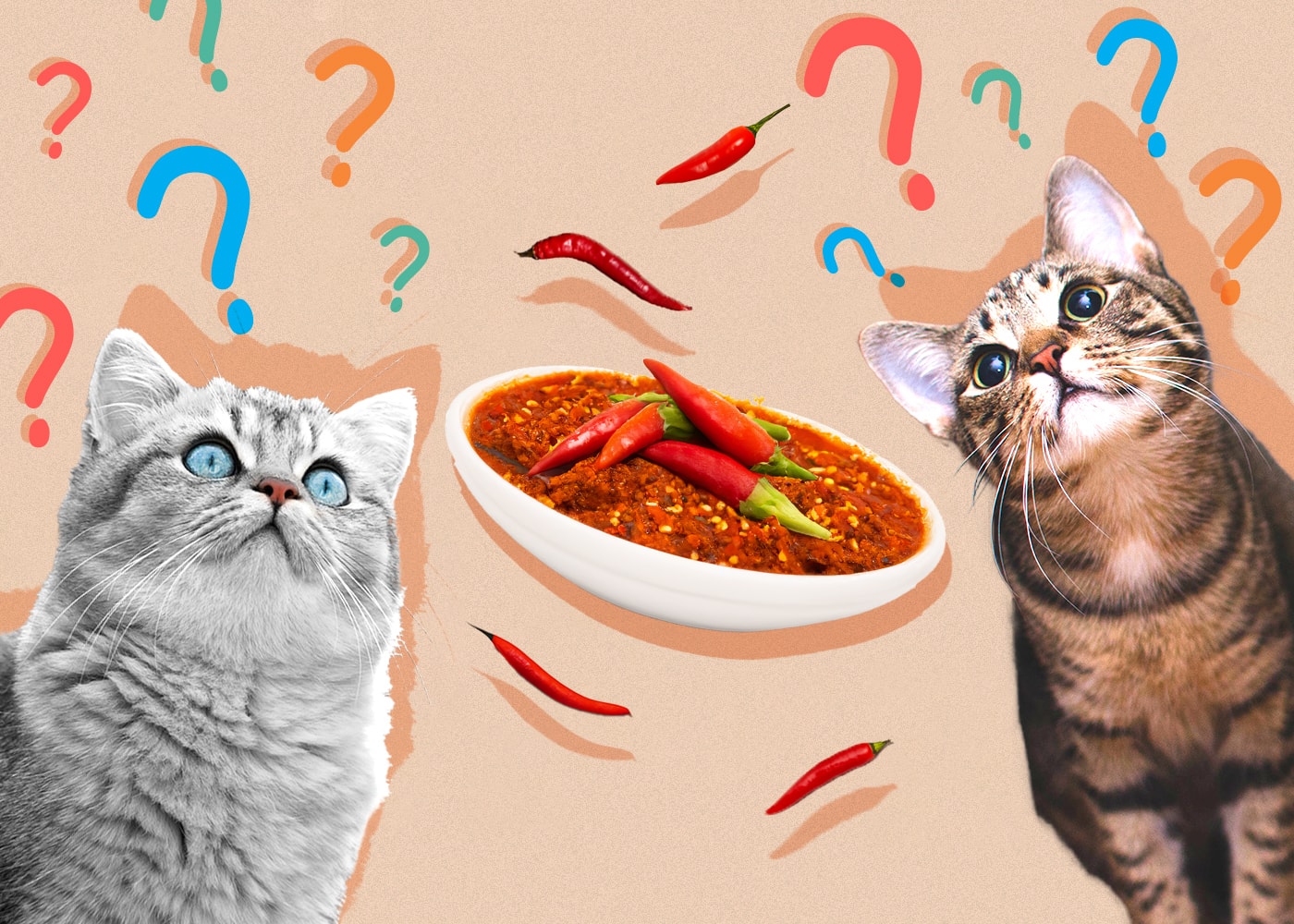8 Domestic Shorthair Cat Colors (With Pictures)
Updated on
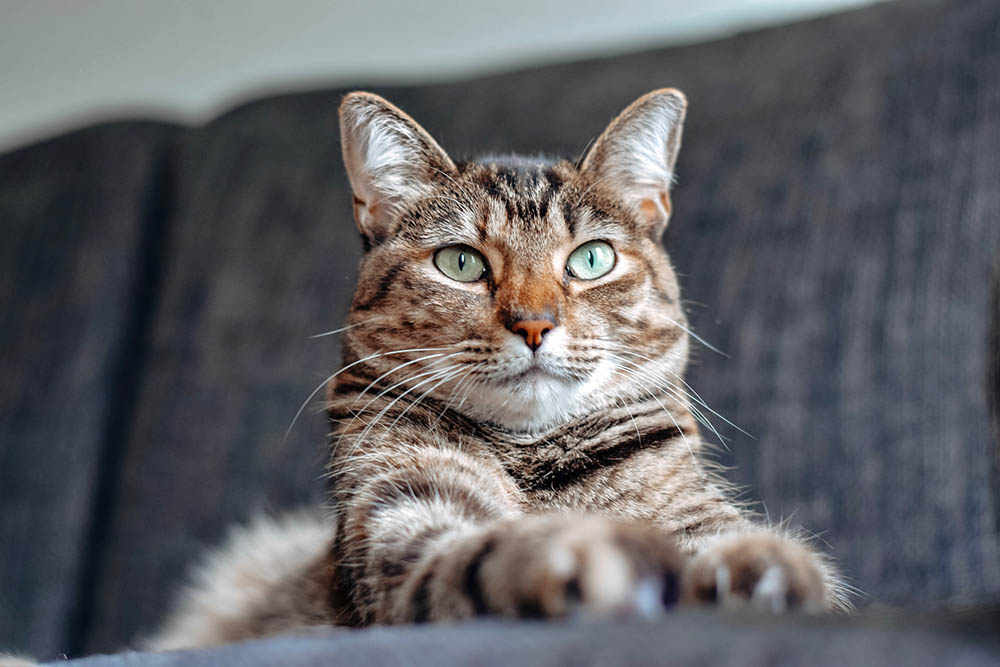
The Domestic Shorthair is a shorthaired cat that does not belong to any particular cat breed. They are different from other shorthaired breeds, like the British Shorthair and the American Shorthair, because these cats are not recognized by any particular cat organization and do not have a breed standard.
These cats are some of the most common in the United States. They are typically known as the “generic” cat breed because there isn’t anything particularly different about them.
Since this cat does not have a breed standard, technically any color is allowed. There are no restrictions on how these cats may look, as long as they have short hair and don’t belong to any particular cat breed.
The 8 Common Domestic Shorthair Cat Colors
1. Solid Colors
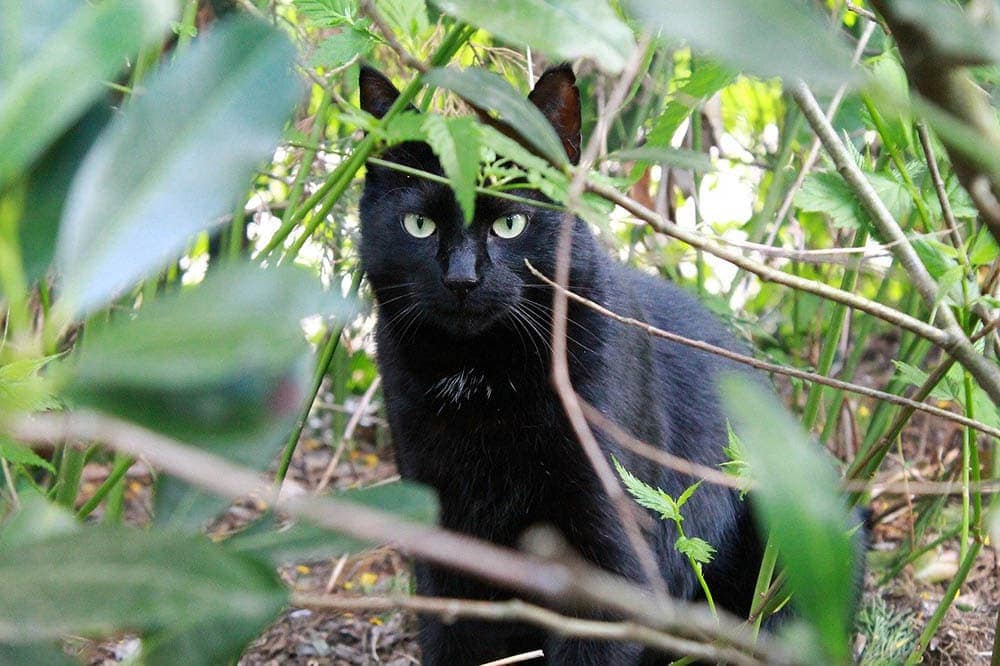
These cats can technically come in any solid color. Some are a bit rare because they are more commonly seen in specific breeds. For instance, chocolate and lilac Domestic Shorthairs are somewhat uncommon. Instead, you’re much more likely to find a fawn, white, or black cat.
Blue cats are uncommon as well. Many of these are actually British Shorthairs, but you will find this gene in the Domestic Shorthair population as well. Typically, it is the result of mixed breeding. When you combine a Domestic Shorthair with another shorthaired cat, all the kittens are technically Domestic Shorthairs. After all, they won’t belong to any particular cat breed.
For this reason, these cats can come in any solid color, even those that are a bit rare. If they come in a color like blue or lilac, there is likely a purebred cat somewhere in their ancestry.
Smoke colorations are also common, which basically is a black coat with white roots. These cats are often black where their hair is thickest, while their stomach, neck, and other areas with less fur tend to be gray or white.
2. Tabby Colors
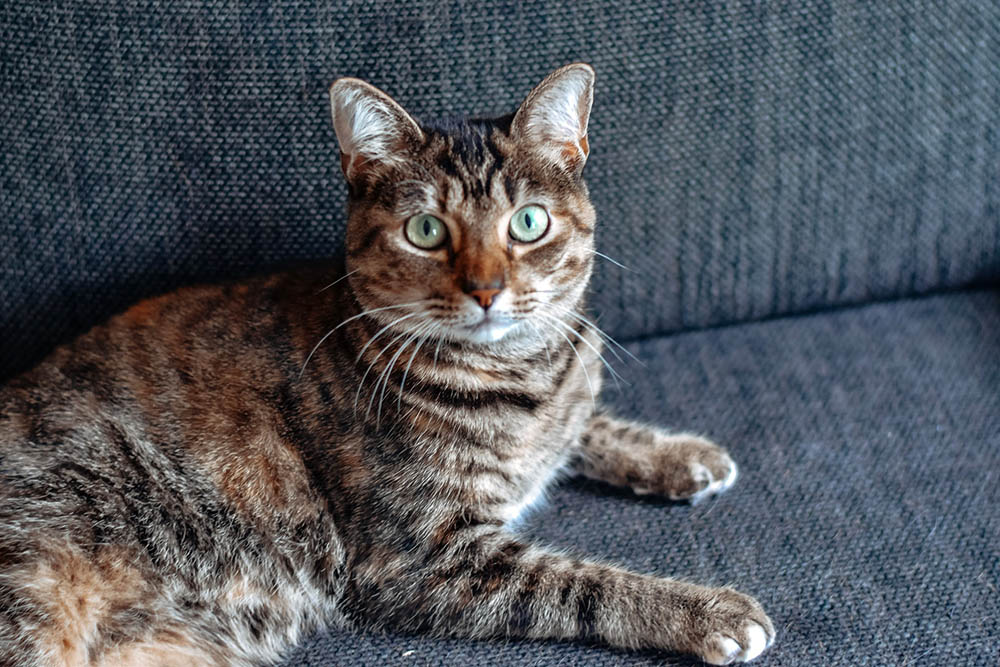
This is likely the most common type of Domestic Shorthair color. These cats can come in any tabby coloring, which has many different forms.
For instance, you have the classic tabby pattern, which is what most people think of when they imagine a tabby cat. You also have the mackerel tabby, which has smaller and thinner stripes. The spotted tabby has spots in a line pattern instead of solid lines. The ticked tabby is similar to the spotted tabby, but with even smaller spots.
Any of these types of tabbies can come in any color. There is typically one color that dominates a tabby’s coat. For instance, a cat may be a brown tabby, which would mean that their stripes are dark brown and the rest of their body is a light brown. Brown tabbies are the most common, but any color is possible.
You won’t find tabby patterns with multiple colors, though. For instance, you won’t find a cream-colored cat with gray tabby stripes. The cat must be all the same color, just in different shades, to be considered a tabby.
All tabby cats have an “M” on their forehead. This is an easy way to determine if a cat is a tabby or not. If their stripes make an “M” on their forehead, they are a tabby. If there is no such marking, then they are not a tabby. Even cats with somewhat hard-to-determine coats, like the ticked tabby, will have this obvious “M.”
3. Tortoise Shell
While tortoiseshell is technically one big category, cats can look different depending on the type of tortoiseshell coloration that they have. There is the classic tortie, which is the most common. This coat coloring involves randomly placed patches of red, black, and cream all over the cat’s body. While this is similar to calico, there is no white involved.
However, to make matters complicated, you can have a tortie with white markings. However, these typically only occur on the stomach and face. The white won’t take up a huge amount of the cat’s body. There won’t be clear spots of color either, as there is with a calico. Instead, the splotches of color will intermingle.
There are other variants of color as well. Diluted tortoiseshell cats are typically blueish. They look as if someone diluted their black coloration. These cats may be more difficult to identify because they may simply look like cats with white markings from afar. A chocolate tortie has chocolate colorations with red and cream instead of the traditional black.
Lilac torties also exist. This cat has random patches of lilac and cream. There is no black but white markings are possible.
4. Calico

A calico is similar to a tortie. However, calicos have large amounts of white. Their patches of colors are more distinct and often more rounded. They may appear like they have actual spots, while a tortie’s coat just seems like random points of color. Most of the time, the white will make up at least 50% of a cat’s body.
Diluted calicos do exist. These cats have the exact same pattern as a calico, except their spots aren’t quite as brightly colored. The black will be more of a grey, while the orange will be closer to a cream. These calicos may have visible patterns inside of their spots, though they won’t be super prominent. Cats may have light tabby markings in some of their spots, for instance.
5. Torby
A torby is a tortoiseshell cat that also happens to have tabby markings. These cats have a base coat of a tortie, with tabby markings on top. They aren’t a solid-colored tabby, but they aren’t a tortie either due to the stripes.
You can mix any type of tortie with any tabby pattern. It simply depends on the genetics of the cat. For instance, you can have a tortie with a brown tabby pattern or a diluted tortie with a classical tabby pattern. This coloration varies widely. All these cats can also have white markings, but they will make up little of the cat’s body. Usually, a cat with any white that covers less than 50% of their body is still considered a torby.
The classification of these cats can be a bit confusing because these cats do not have a breed standard, so there aren’t any clear guidelines for what counts. Often, once you start considering all the markings on a cat like this, it can become more difficult to properly label them. But because these cats cannot compete in shows, anyway, there is no reason to do so.
6. Bicolor
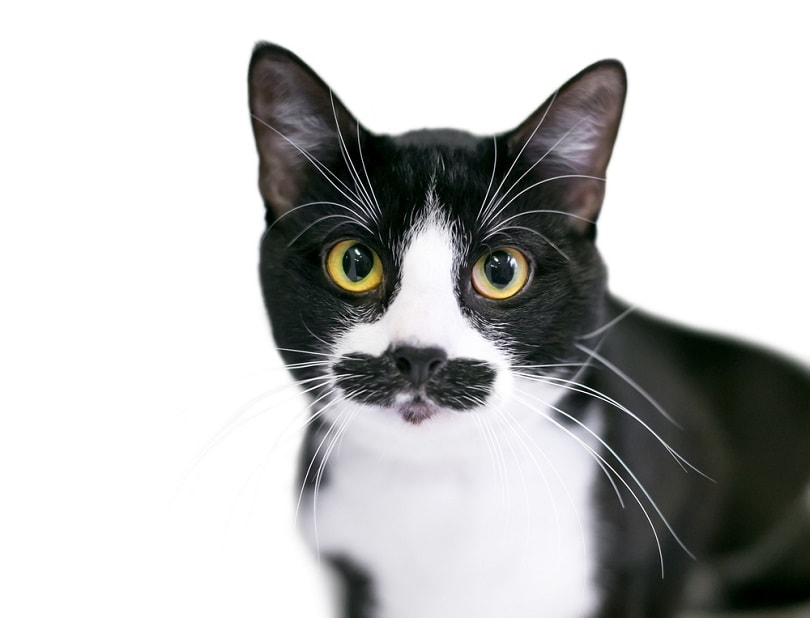
These cats are white and black. They will have white on their limbs, face, and stomach in most cases, with black taking up the rest of their body. These cats can have any sort of pattern of black and white, as long as both colors make up about 50% of their body.
7. Harlequin
Harlequin cats are mostly white. However, they have several large patches of color. The patches can be any color and may have markings in them. For instance, you may have a cat with bright orange spots that show tabby markings. The location of the spots doesn’t matter.
If these cats are tabbies, they will have the distinctive “M” on their forehead, assuming that they have color on their forehead at all. The “M” can be absent if their forehead is white.
8. Pointed
Pointed Domestic Shorthairs are uncommon. This is because the pointed gene is a special kind of albinism that requires the inheritance of a specific gene that happens to be found almost exclusively in Siamese cats. Therefore, it usually doesn’t show up in the Domestic Shorthair population. However, if some Siamese genes are mixed in somewhere, it is completely possible.
The pointed gene is dominant, so cats only have to inherit one to show this coloration. Therefore, the gene could easily be passed on from cat to cat for generations, eliminating almost all other signs that they have any Siamese in their bloodline.
Conclusion
Domestic Shorthair cats can come in a wide variety of colors and patterns. They don’t have a breed standard and are basically shorthair mixed breeds. Therefore, they can inherit any color gene depending on their ancestry. There is no coloration that wouldn’t make them a Domestic Shorthair. The name is simply a catch-all term for cats that are domesticated and have short hair.
Therefore, their coloration isn’t that important when determining if they are a Domestic Shorthair or not. Since these cats aren’t usually purposefully bred, they can even come in a few wild and exotic coat colorations.
- See also: Colorpoint Shorthair Cat
Featured Image Credit to: Thewonderalice, Unsplash



